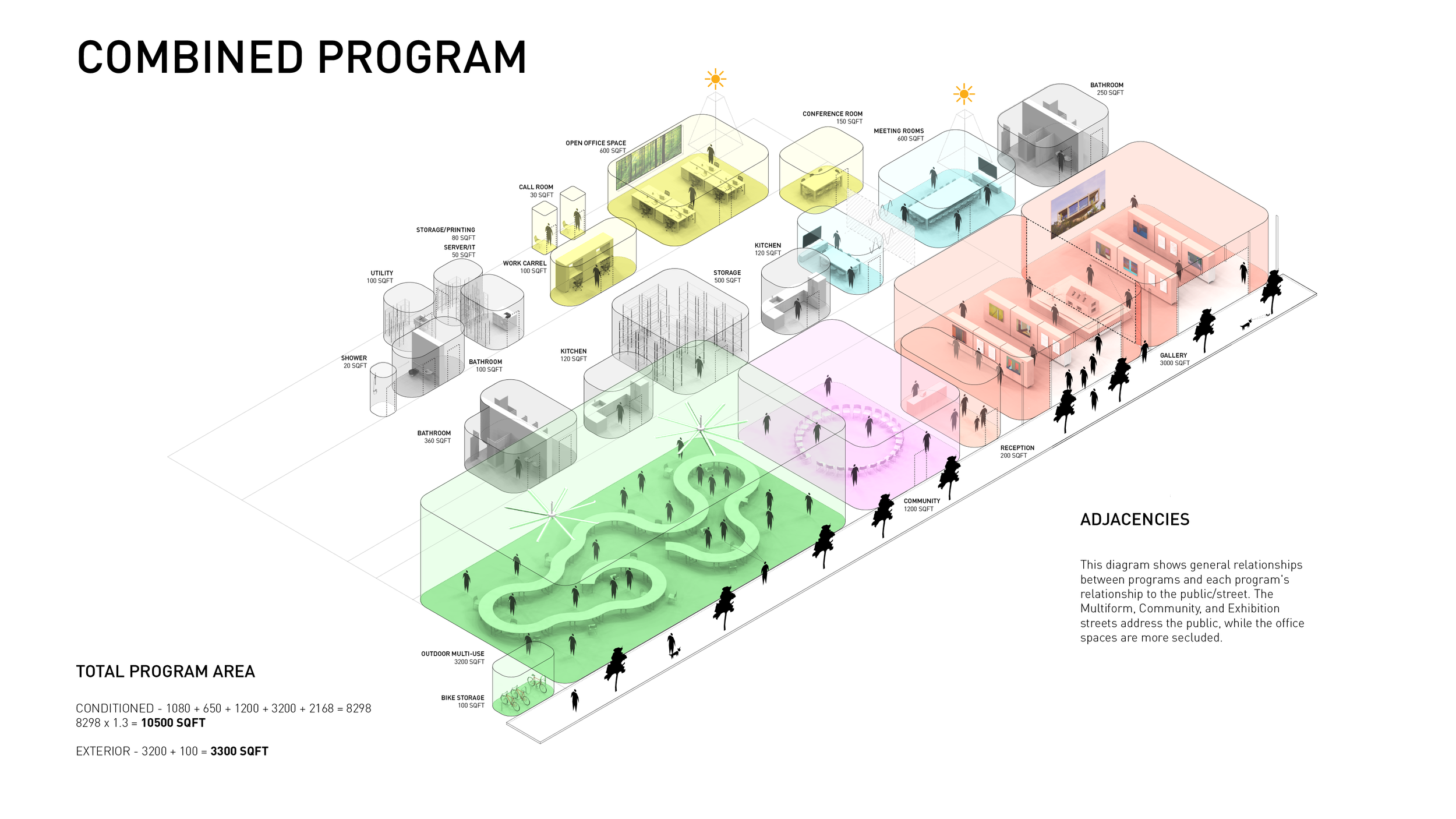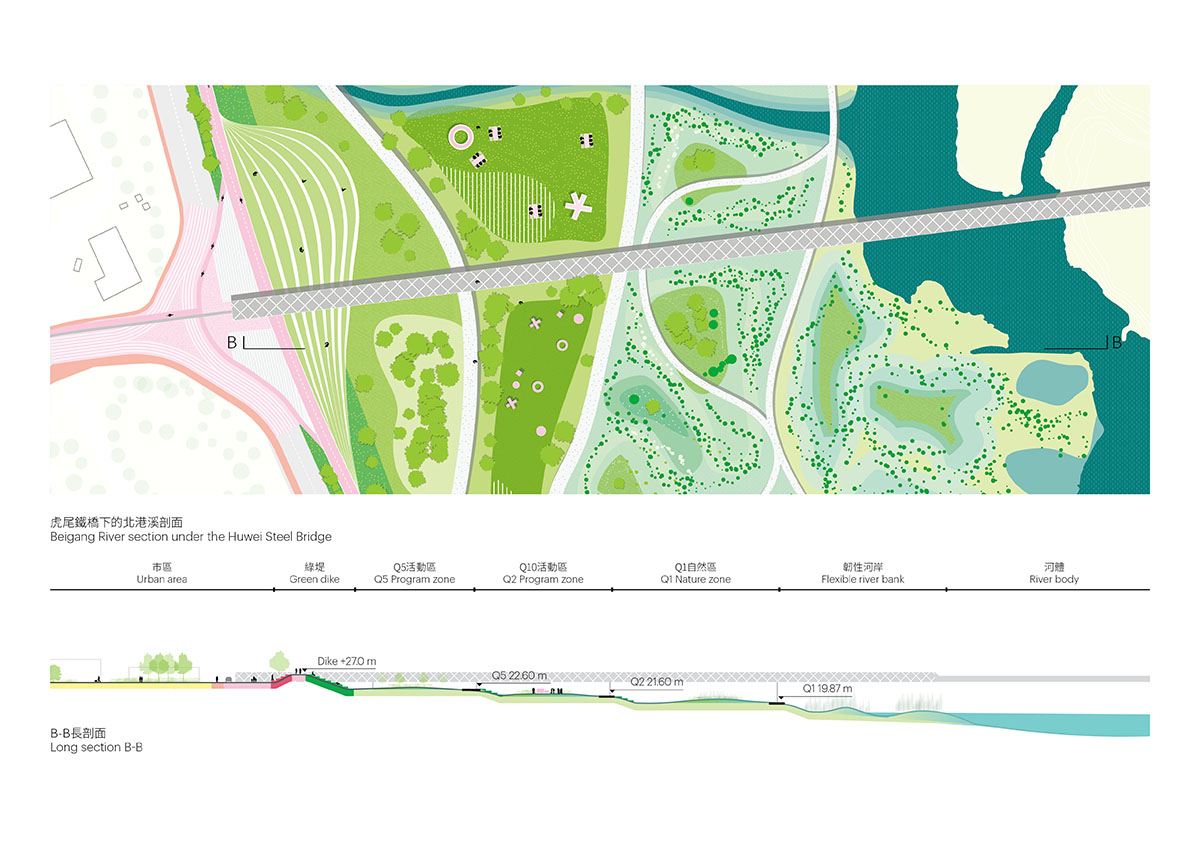

CirculationĬirculation diagrams such show the movement of users around a space. Representing abstract ideas of a general notion, these diagrams often contain less detail than others, but nonetheless are an important tool in describing a projects immediate and global surroundings. ContextualĬontextual diagrams can appear somewhat abstract, as their function is to show how a building relates beyond itself to a wider landscape. Book House by Tandem-studio and Seattle Central Library / OMA + LMN – source 5. The below diagrams for Book House and the Seattle Central Library describe the buildings plan and section circulation in a visual and engaging format. ProgrammaticĪ programmatic diagram shows the layout of a building and how people will actually use it. They can be broken down into individual parts, exploded, of present finished schemes. Used here to demonstrate alternative design proposals, axonometric diagrams are often used to show design concepts as a whole, and describe the process behind them. This kind of diagram shows an exterior viewpoint in parallel projection, in other words two sides of the same building. – Sanuki + Nishizawa architects – source 3. – Sanuki + Nishizawa architects illustrates how natural elements such as light, wind and vegetation interact with the building. Again, these diagrams simply represent the building they cannot be used as instructions. Sectional diagrams show the interior details of a building by ‘slicing’ through it vertically. Collage Paris social housing by ECDM – source 2. The below diagram represents the different floor areas of a housing scheme in Paris. However, they differ from actual plans in that they that are representational only, without precise scales or dimensions. views of buildings or elements of buildings as seen from above. PlanimetricĪs the name suggests, planimetric diagrams show plans, i.e. In The Architecture of Diagrams, Andrew Chaplin suggests there are 18 kinds of diagram found within architecture. In other words, diagrams can act as temporary place-markers while we work, which is less restrictive and time-consuming than making formalized plans and drawings.ĭiagrams also have the advantage of being able to show different types of information within one image. Throughout and after the design process, architectural diagrams are used to communicate ideas – to colleagues, to clients, and to members of the public.įraser Shields suggests that the ‘open, generative’ nature of diagrams ‘frees the designing process from formal considerations for as long as possible’. In the early stages of the design process, they are often used to aid thinking and help architects solve problems.Īs a project progresses, they might be used to clarify what is required and as a source of reference for different parties. What is the purpose of architectural diagrams?Īrchitectural diagrams can be said to have different functions depending on when and how they are used. The architectural theorist Robert Somol has suggested that diagrams ‘ operate precisely between the form and the word’ – which is perhaps why they are so useful for communicating ideas to clients during the building design process. They do this with visual symbols which can be considered all at once, unlike language which must be processed in a linear fashion. They have no unified appearance but they distil unwieldy, hard-to-understand concepts into discrete, easy-to-understand images.

What is an architectural diagram?Īrchitectural diagrams help to clarify a building, relationships between elements of a building, or a process connected to a building. Conceptual diagrams (like flowcharts and Venn diagrams) show relationships between items, while schematic diagrams (like exploded diagrams and subway maps) are best described as simplified, abstracted pictures.Īrchitectural diagrams tend either to be conceptual or schematic. Quantitative diagrams (such as bar graphs and pie charts) illustrate data sets, and tend to be the first ones we encounter in school. Today we use three main types of diagram. They have existed for thousands of years, though of course they have become more sophisticated over time.

They are two-dimensional (although they can show three-dimensional objects) and may contain text, shapes and lines the word diagram literally means ‘marked out by lines’ in Greek.


 0 kommentar(er)
0 kommentar(er)
